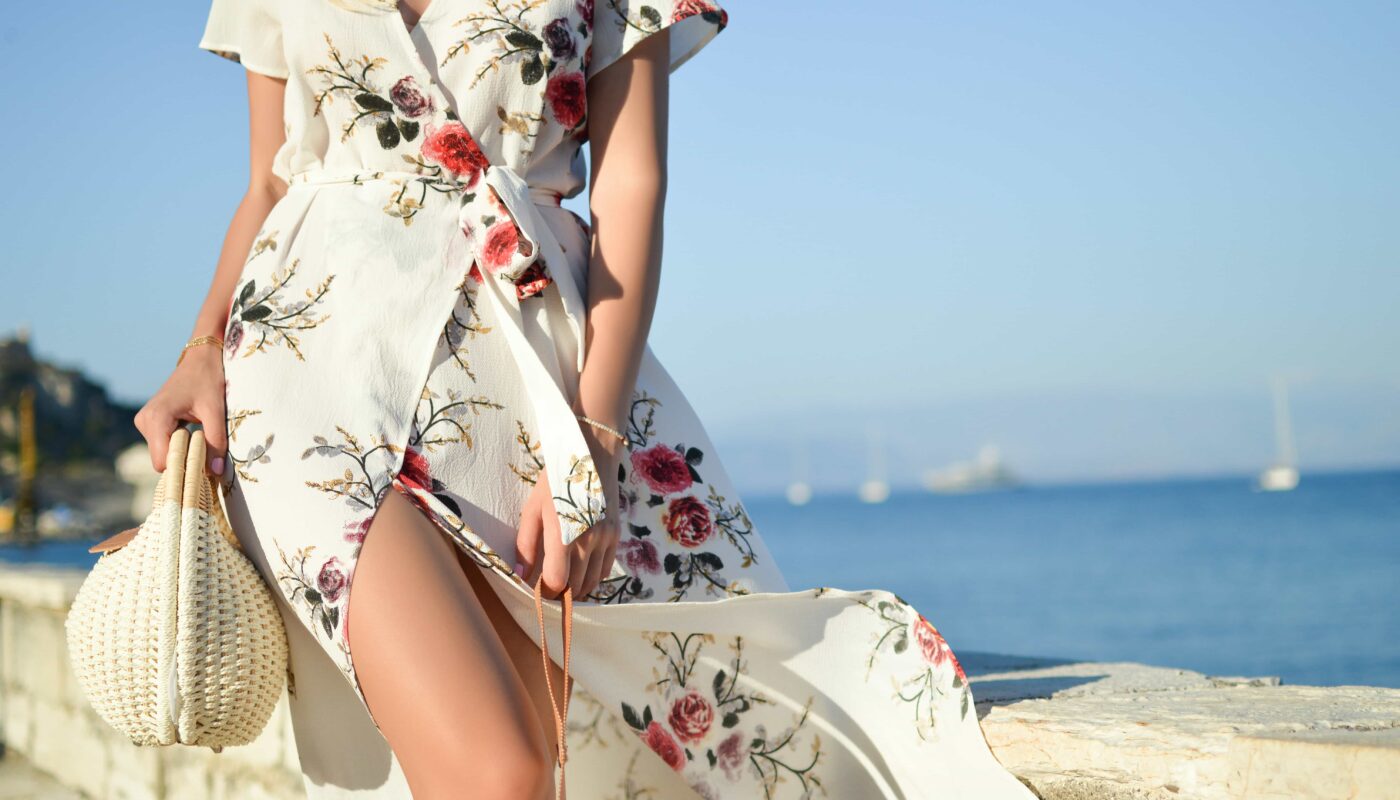In the dynamic realm of fashion, trends emerge, evolve, and fade away astonishingly. Behind this ever-changing landscape lies a powerful catalyst—the fashion show. Fashion shows are not merely glamorous spectacles; they are cultural phenomena that dictate the trends we see on the streets and our closets. This article explores the complex connection between fashion shows and shopping trends, exploring the profound impact these runway events have on consumer choices.
1. The Runway as a Trendsetter: Fashion shows are the epicentre of trendsetting, where designers unveil their latest creations with an artistic flair. The runway is a canvas where designers showcase their visions for the upcoming seasons, setting the tone for what will be considered stylish. As influential figures from the fashion industry gather to witness these displays of creativity, the looks presented on the runway become aspirational. Consumers are not merely spectators; they become participants in a trend-setting dialogue. The runway is a harbinger of styles, influencing high-end and high-street fashion.
2. Celebrity Endorsements and Red Carpet Magic: Celebrity presence at fashion shows amplifies their impact on consumer choices. When A-listers and style icons grace the front row, the fashion industry takes notice. The symbiotic relationship between celebrities and designers is a powerful force that extends beyond the runway. The looks worn by celebrities during these events often become iconic moments that are eagerly emulated by fans and fashion enthusiasts. Red carpet appearances generate immense media coverage, thrusting specific styles into the spotlight and, consequently, into the minds of consumers. As a result, these coveted looks become sought-after, driving shopping trends and influencing the broader fashion landscape.
3. Digital Transformation: The digital age has revolutionised the way fashion shows are consumed. With live streaming, social media, and virtual experiences, the runway is no longer confined to a select audience in a glamorous venue. Fashion shows have become global events, accessible to anyone with an internet connection. This democratisation of fashion has a profound impact on shopping trends. Consumers worldwide can instantly view and engage with the latest collections, fostering a sense of immediacy and desire. Social media platforms primarily take on a crucial role in amplifying the influence of fashion shows, with trends disseminating rapidly through shares, likes, and reposts. The global runway has transformed fashion into a participatory experience where consumers actively shape and contribute to trends.
4. Fast Fashion and the Rapid Cycle of Trends: The rise of fast fashion is intricately linked to the influence of fashion shows. As runway styles become more accessible through digital channels, the demand for quick, affordable interpretations skyrockets. Fast fashion brands capitalise on this by rapidly producing and disseminating budget-friendly versions of the latest trends. The swift cycle of trend turnover, fueled by the influence of fashion shows, has given rise to a consumer culture that craves constant novelty. As a result, the runway dictates trends and accelerates the pace at which they enter and exit the market. This phenomenon has significant implications for sustainability and the environment, prompting a reevaluation of consumer behaviour and the fashion industry’s production practices.
Conclusion:
The runway emerges as an influential choreographer in the intricate dance between fashion shows and shopping trends. From setting the stage for trends to creating a global spectacle accessible to all, fashion shows have transcended their traditional role. The influence of runway events extends beyond the glittering lights and catwalks, permeating consumers’ choices when selecting their wardrobe. As we continue to witness the evolution of fashion, it becomes evident that the runway is not merely a showcase—it is a dynamic force shaping the fabric of our sartorial choices.



